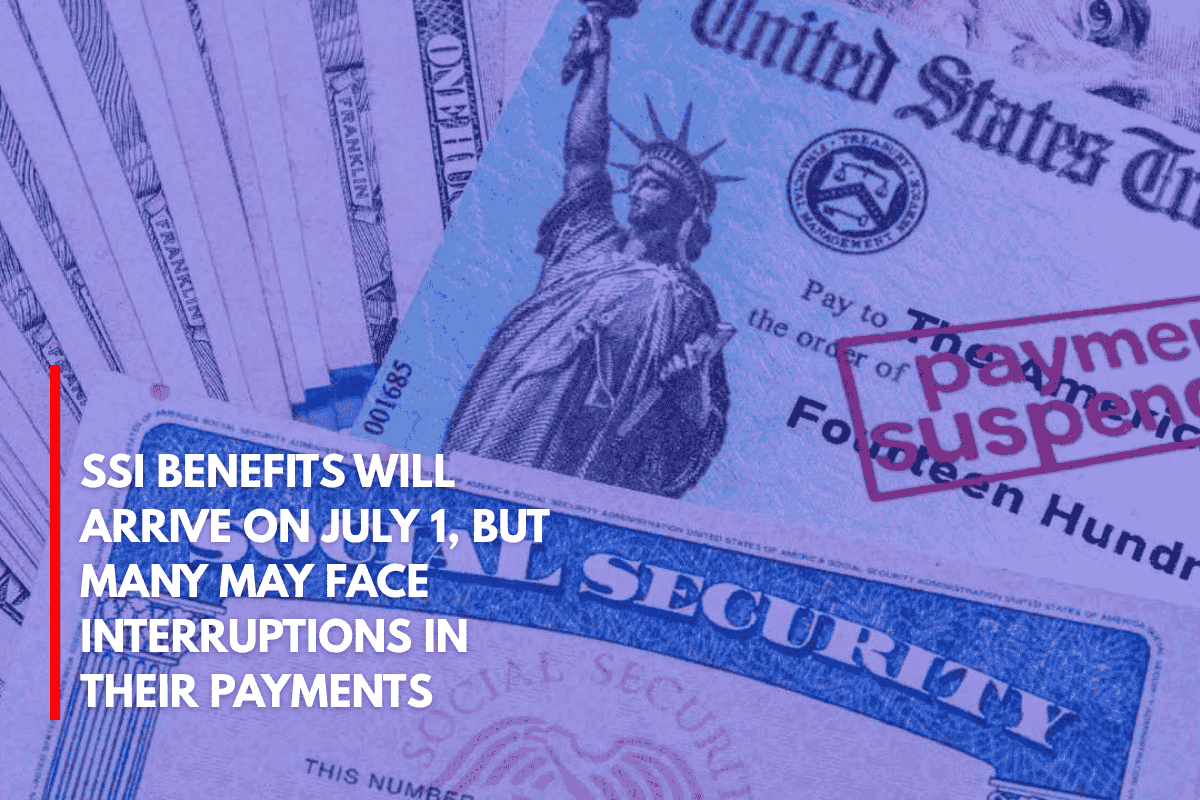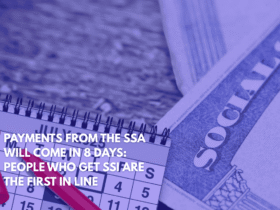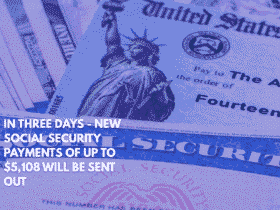The next Supplemental Security Income (SSI) payment is scheduled for July 1, 2025. This payment will be the first business day of the month, in line with the standard monthly payment rule.
It’s important to note that there were no SSI payments made in June, as the May payment was issued early. For the 7.5 million beneficiaries of SSI in the United States, this payment is a crucial source of support.
Additionally, those who receive combined benefits, such as SSI plus retirement or SSDI, will receive their payments according to their birth dates. These deposits will be made on July 9, July 16, and July 23, following the usual Social Security schedule.
What Exactly is SSI and Who Qualifies in 2025?
Supplemental Security Income (SSI) is a federal program administered by the Social Security Administration (SSA). It provides monthly financial assistance to individuals with limited income and resources. Unlike Social Security, SSI is not based on work history or previous contributions; it is intended for people in need.
The main eligibility requirements for SSI are as follows:
Age or Disability: The applicant must be 65 or older, legally blind, or have a disability that severely limits their ability to work.
Income Limits: The applicant must have a low monthly income, generally under $2,019 per month (this varies depending on marital or family status).
Limited Resources: Applicants must also have limited resources—no more than $2,000 for individuals or $3,000 for couples. Resources include cash, savings, stocks, and property (excluding primary residence and vehicle).
The Maximum SSI Payment Amounts for 2025
For those who qualify, the maximum SSI amounts for 2025 are:
-Individual: Up to $967 per month.
-Couples: Up to $1,450 per month (for a married couple where both are eligible).
Some states offer additional cash supplements, which can increase these amounts. For example, California is known for providing a significant supplemental amount. However, these payments can be reduced if the recipient has other income, such as from a job or pension, or if they receive valuable non-cash assistance.
The End of Paper Checks: A Big Change Coming Soon
One major change that will affect all federal benefit recipients, including SSI and SSDI, is the end of paper checks starting September 30, 2025. From this date forward, the U.S. Treasury will no longer issue paper checks for any federal benefits.
Approximately 494,000 SSI and SSDI beneficiaries who still receive their payments via physical checks will be directly affected by this change. Many of these individuals are older adults, people who live in rural areas, or those who struggle with using digital technology.
This change is part of a broader effort to modernize the system and save costs for the government, with expected savings of up to $657 million per year.
The switch to electronic payments will also reduce the risks of lost, stolen, or fraudulently altered checks, which occur around 500,000 times annually.
How to Switch to Electronic Payments
If you still receive paper checks, it’s critical that you act quickly to ensure you don’t lose access to your benefits after the September deadline. Here’s what you need to do:
Create or log into your My Social Security account: This is the official online portal where you can manage your Social Security and SSI benefits.
Select Direct Deposit: Once logged in, you’ll need to choose the Direct Deposit option and enter your bank details—this includes your bank name, account type (checking or savings), account number, and routing number.
No Bank Account? If you don’t have a bank account, you can apply for the Direct Express card. This is a government-backed prepaid debit card where your monthly benefits will automatically be loaded. The card has no fees for usage, and it can be used at ATMs, in stores, and online.
What to Do Before the September 30 Deadline
Starting September 30, 2025, if you haven’t switched to electronic payments, your payments will be suspended. To reactivate them, you’ll need to complete the online process to update your payment method. This process could take weeks or even months, so it’s crucial to switch now.
Additionally, the SSA requires identity verification for any updates to your payment details. Starting April 14, 2025, you will need to verify your identity either online (using enhanced authentication) or in person at a local SSA office.











Leave a Reply